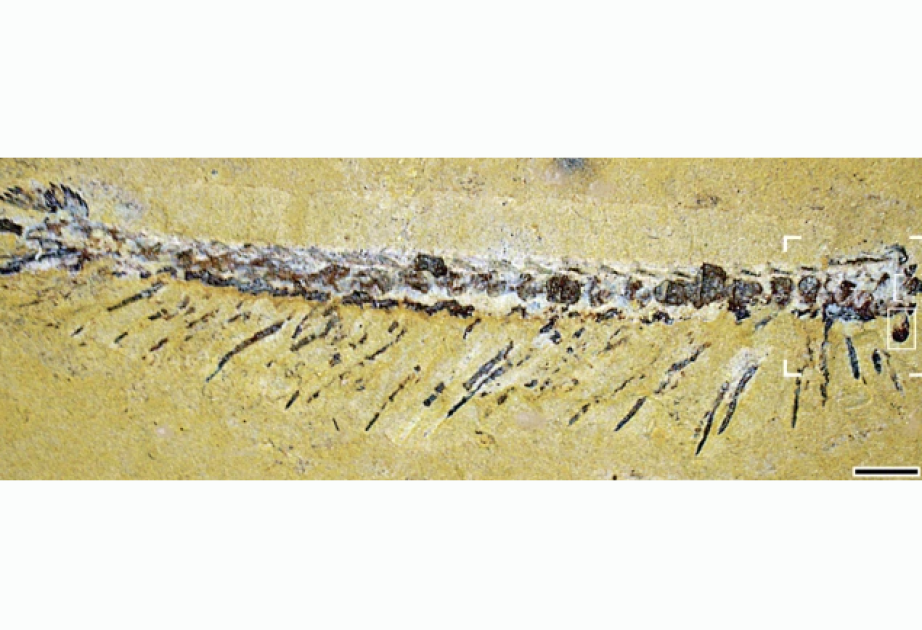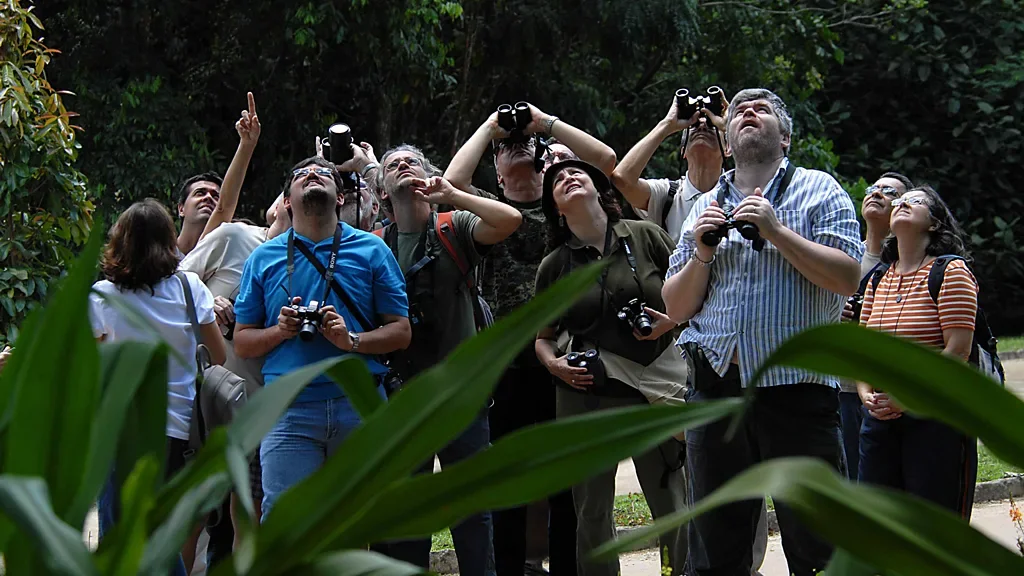An ancient signpost: Minute fossils tell big story about arthropod evolution
 A research team led by Nick Strausfeld at the University of Arizona discovered an extinct creature whose brain is very similar to that of living crustaceans, rather than spiders and their relatives, as was previously assumed.
A research team led by Nick Strausfeld at the University of Arizona discovered an extinct creature whose brain is very similar to that of living crustaceans, rather than spiders and their relatives, as was previously assumed.
A tiny fossil of a sea creature that lived more than half a billion years ago sheds new light on the evolution of arthropods, the most species-rich and successful group of animals to inhabit the Earth, according to a study published in Nature Communications.
One of the last remaining enigmas surrounding arthropod evolution has been the split of the tree of life separating the two largest groups of arthropods: mandibulates, the group including insects, crustaceans, millipedes and centipedes; and chelicerates, the group that includes spiders, scorpions and their kin. New analyses of fossils of an extinct segmented creature known as Jianfengia multisegmentalis reveal that the specimen is crucial in separating the earliest mandibulates from chelicerates.
A team led by Regents Professor Nicholas Strausfeld at the University of Arizona's Department of Neuroscience, in the College of Science, has revealed minute details of the fossilized brain of Jianfengia that places it squarely in the ancestry of mandibulates, not chelicerates, as had been previously assumed. Jianfengia's classification as an ancestral chelicerate had been based on its paired grasping appendages that extend from its head. That feature had placed it into an assemblage of extinct creatures known as megacheirans – Greek for "large hands." Two of the most exquisitely preserved megacheiran specimens that lived about 525 million years ago were Jianfengia, which also had compound eyes, and Alalcomenaeus, which had fewer segments and two pairs of single lens eyes. Both had been traditionally lumped together as megacheirans with the assumption that their head appendages are the precursors of what became fangs in spiders and their relatives.
According to the research team, the story is more nuanced and complicated. Strausfeld, who is also a Royal Society Fellow, called their discovery a possible game changer. "These megacheirans didn't have antennules, which are antenna-like appendages that are common to crustaceans, insects and centipedes," he said. "Instead we see these strange, quite sturdy head appendages that were specialized for reaching and clasping things."
Paleontologists refer to these hallmark structures of megacheiran fossils as "great appendages." Their pincer-like ends suggested their similarity with the clasping appendages of Limulus, commonly known as the horseshoe crab, Strausfeld added. Accordingly, the Megacheira were classified as chelicerates, to which Limulus and arachnids also belong.
The research revealed that the fossilized brains of Jianfengia and Alalcomenaeus were in fact not only morphologically distinct from each other but that they typified ancestors of two major arthropod groups, not just one.
Jianfengia's tiny head, measuring only two millimeters across, is defined by a short, shell-like covering from which extend its pair of "great appendages." Just in front of these are paired eyestalks, one on each side of the head, which are capped by a small but obvious compound eye like those of insects and crustaceans. The front of Jianfengia's head also had at least three single lens "eyes" much like the simple eyes found in many insects and crustaceans.
Co-author Xianguang Hou, professor at the Yunnan Key Laboratory for Palaeobiology of Yunnan University in Kunming, China discovered the first fossil of Jianfengia in 1984. One of the most famous fossil beds documenting life in the Cambrian period, which lasted from about 540 to 480 million years ago, the area in the vicinity of Kunming in China's Yunnan province was once a shallow sea. Its bounty of ancient life forms very rarely shows evidence of soft tissues, especially neural remains. Since then, about a dozen additional specimens have been found.
Strausfeld pointed out that a fossil's neural traces can be very subtle but can be amplified by enhancing the contrast and width of the darkest deposits standing out against the gray granular rock in which the fossil was embedded.
"What we saw was unexpected: the brain looks really modern, comparable to that of a living crustacean," he said. "In one specimen we even could peer into the compound eyes and look down some of its facets to see fossilized 'cone cells' that supported the photoreceptors."
To further confirm the evolutionary position of Jianfengia, co-author David Andrew of Lycoming College in Williamsport, Pennsylvania used statistical methods to construct so-called phylogenetic trees — essentially family trees — based on neuronal traits, to determine where in the tree of life Jianfengia should be placed.
"Many repeats of these comparisons revealed that in the arthropod tree of life, Jianfengia sat at or near the root of all mandibulates, whereas its putative cousin, Alalcomenaeus, has the same status, but within the chelicerate branch of the tree of life," Andrew said.
The team concluded that the "great appendages" belonging to Jianfengia later became modified as antennules typifying today's mandibulates, whereas the "great appendages" of Alalcomenaeus later became modified as the pincer-like fangs typical of today's chelicerates.






















